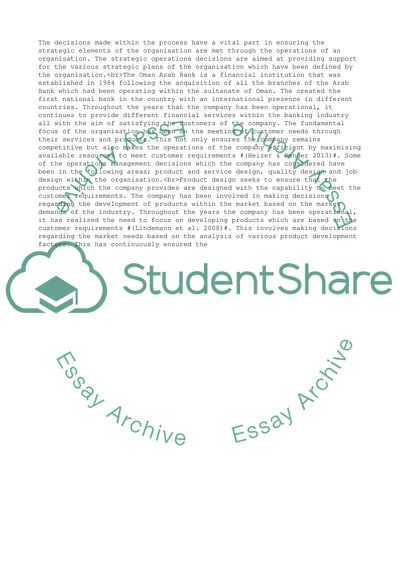Cite this document
(Operations and Projects Management Essay Example | Topics and Well Written Essays - 3250 words, n.d.)
Operations and Projects Management Essay Example | Topics and Well Written Essays - 3250 words. https://studentshare.org/management/1870982-operations-and-projects-management
Operations and Projects Management Essay Example | Topics and Well Written Essays - 3250 words. https://studentshare.org/management/1870982-operations-and-projects-management
(Operations and Projects Management Essay Example | Topics and Well Written Essays - 3250 Words)
Operations and Projects Management Essay Example | Topics and Well Written Essays - 3250 Words. https://studentshare.org/management/1870982-operations-and-projects-management.
Operations and Projects Management Essay Example | Topics and Well Written Essays - 3250 Words. https://studentshare.org/management/1870982-operations-and-projects-management.
“Operations and Projects Management Essay Example | Topics and Well Written Essays - 3250 Words”. https://studentshare.org/management/1870982-operations-and-projects-management.


